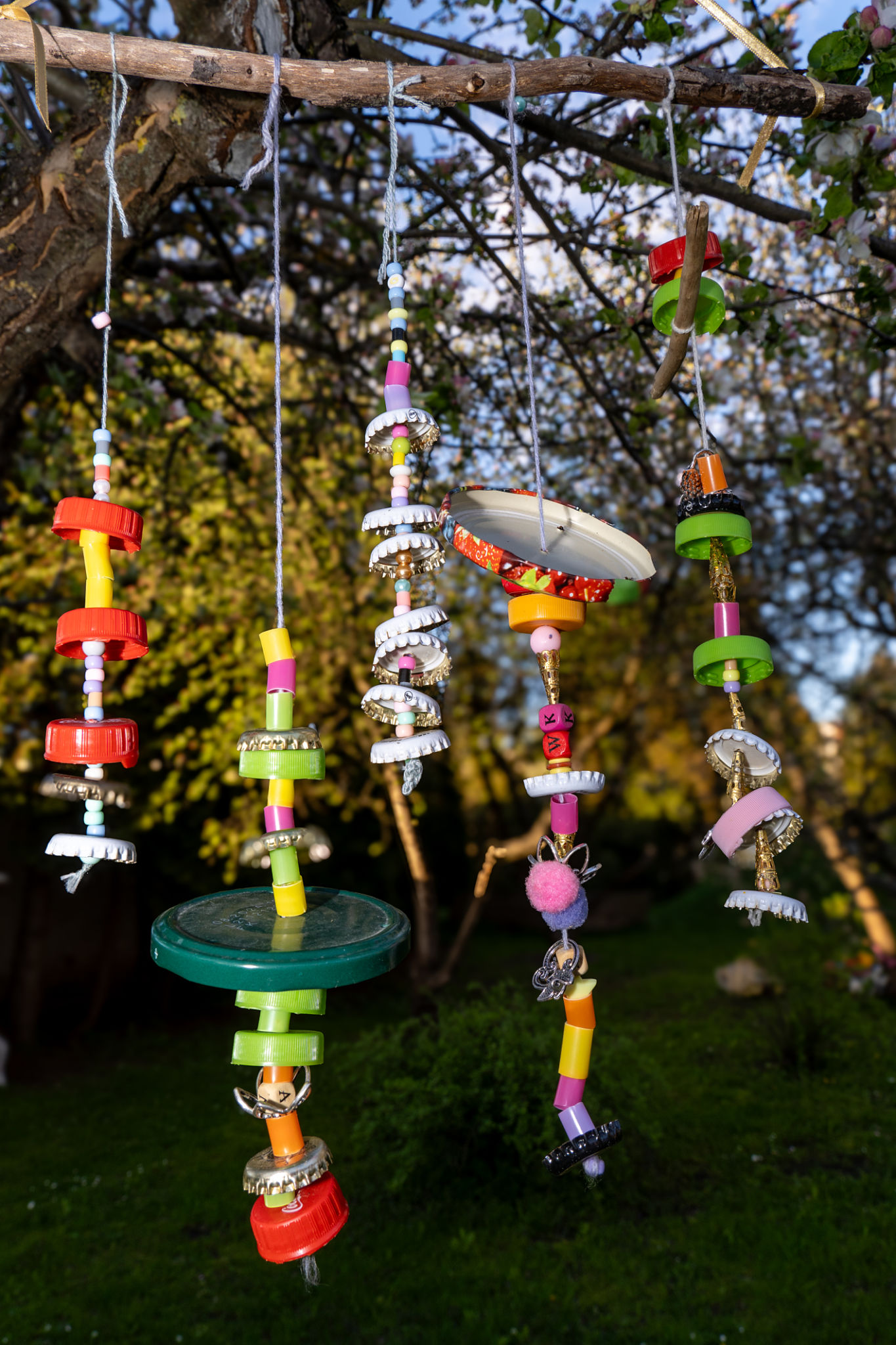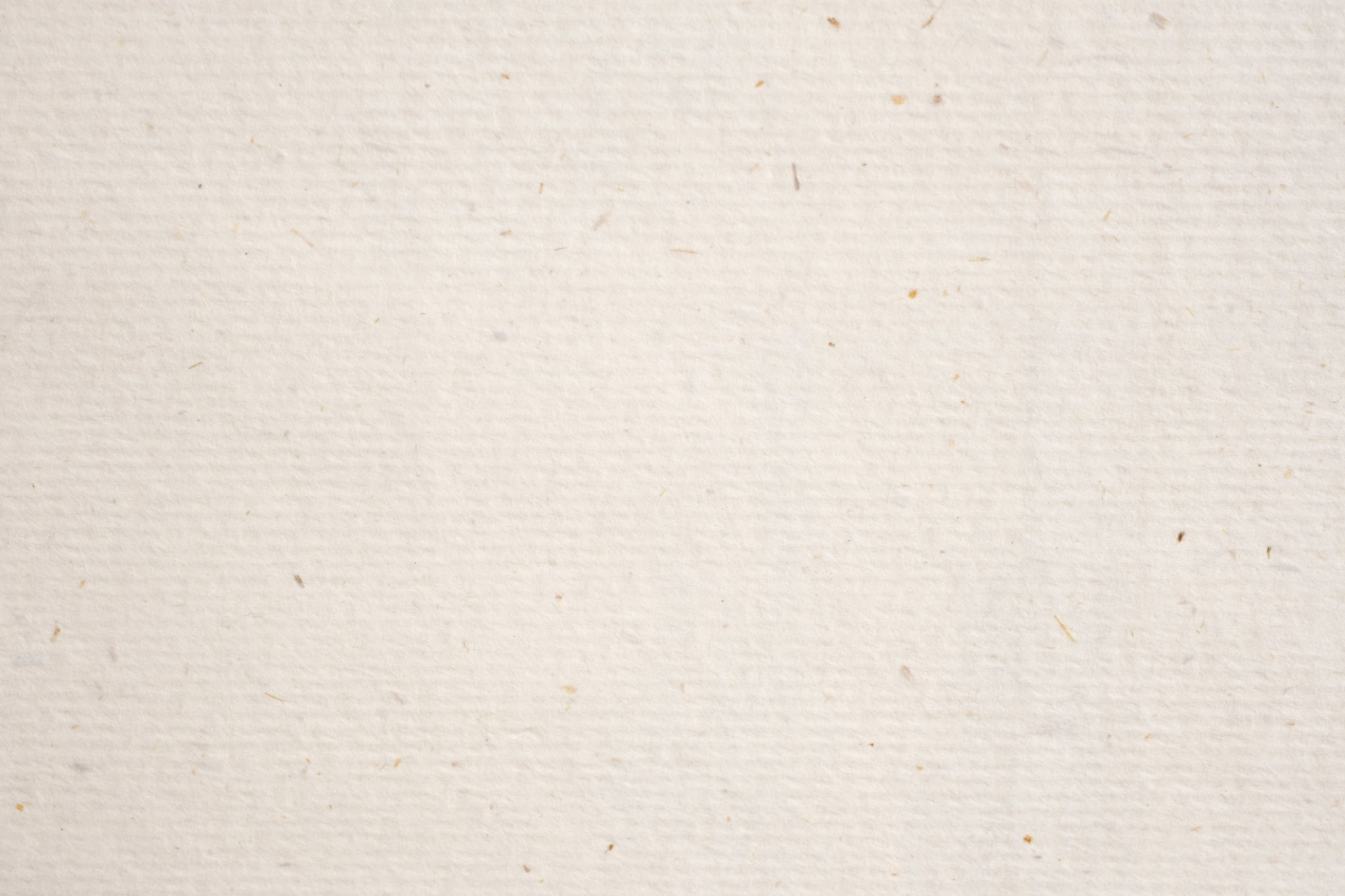The Environmental Benefits of Upcycling: Transforming Waste into Art
The Art of Upcycling
In recent years, the concept of upcycling has gained significant traction as more individuals and communities seek sustainable living practices. Upcycling transforms waste materials or unwanted products into new materials or products of higher quality or environmental value. This creative process not only reduces waste but also creates unique art pieces that tell a story.
Unlike recycling, which breaks down materials to manufacture new items, upcycling focuses on reimagining and reusing materials in their current form. This process minimizes energy consumption and reduces carbon footprints, offering a fresh approach to sustainability.

Environmental Impact of Upcycling
One of the primary environmental benefits of upcycling is the reduction in waste sent to landfills. By repurposing items that would otherwise be discarded, upcycling helps decrease the volume of trash, which in turn reduces the environmental impact associated with waste disposal.
Additionally, upcycling conserves resources. By using existing materials, the need for new raw materials is diminished. This results in less resource extraction and a decrease in pollution associated with manufacturing processes. Upcycling also promotes energy efficiency by circumventing the energy-intensive processes involved in recycling and production.

Creative Expression Through Upcycling
Upcycling is not just an environmentally beneficial practice; it also serves as a powerful medium for artistic expression. Artists and hobbyists alike are drawn to the challenge of transforming mundane or discarded items into captivating works of art. This creative process encourages innovation and resourcefulness, pushing boundaries in both art and design.
Moreover, upcycled art often carries a message or narrative about sustainability and environmental consciousness. It serves as a visual reminder of the importance of rethinking waste and embracing sustainable practices in everyday life.

Getting Started with Upcycling
For those interested in diving into the world of upcycling, starting small is key. Consider these steps to begin your upcycling journey:
- Identify materials: Look around your home for items that are no longer in use but have potential for a second life.
- Gather inspiration: Search online platforms or visit local galleries showcasing upcycled art for ideas and motivation.
- Experiment: Don’t be afraid to try new techniques or combine different materials to create something truly unique.
Upcycling offers endless possibilities for creativity while simultaneously benefiting the environment. By embracing this practice, you contribute to a more sustainable world and foster an appreciation for the beauty in what others may view as waste.